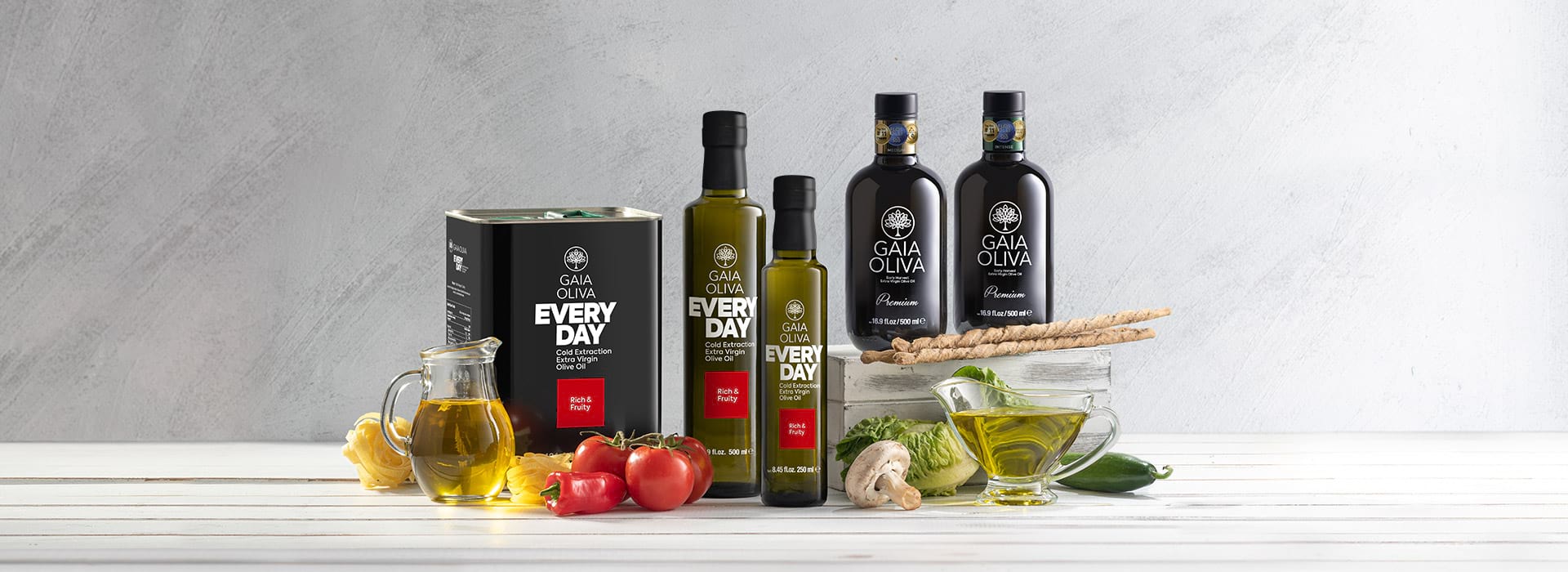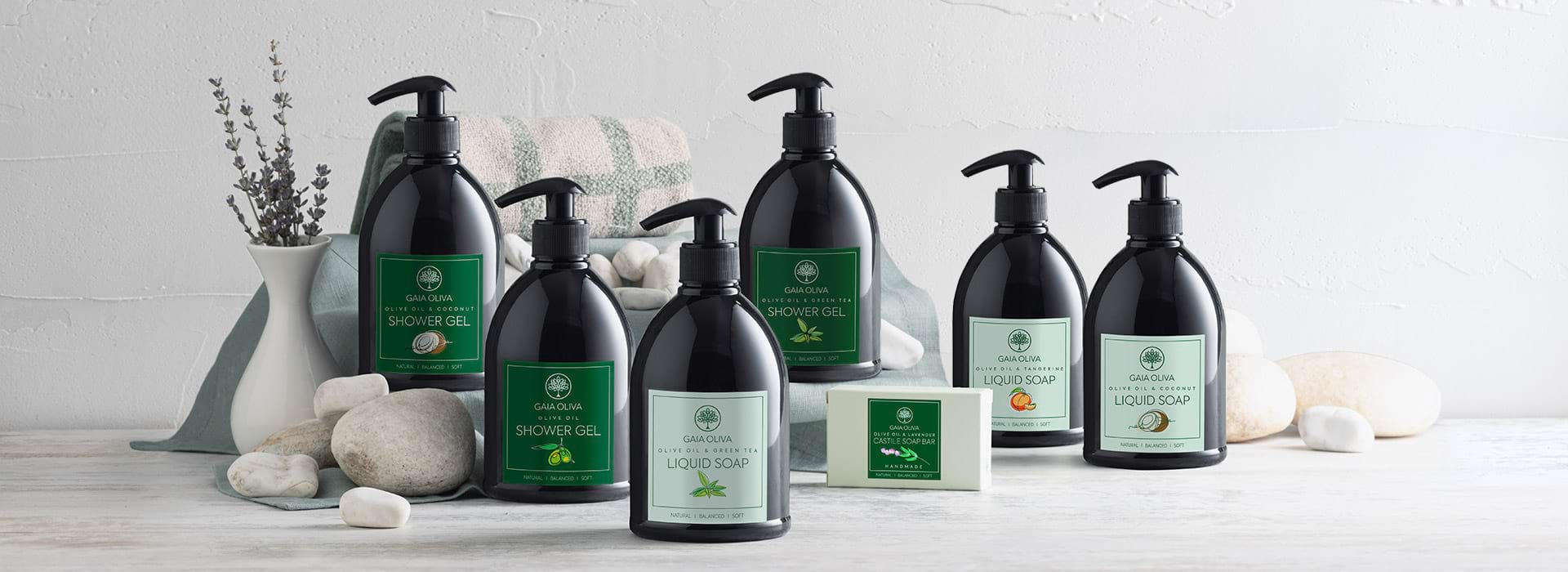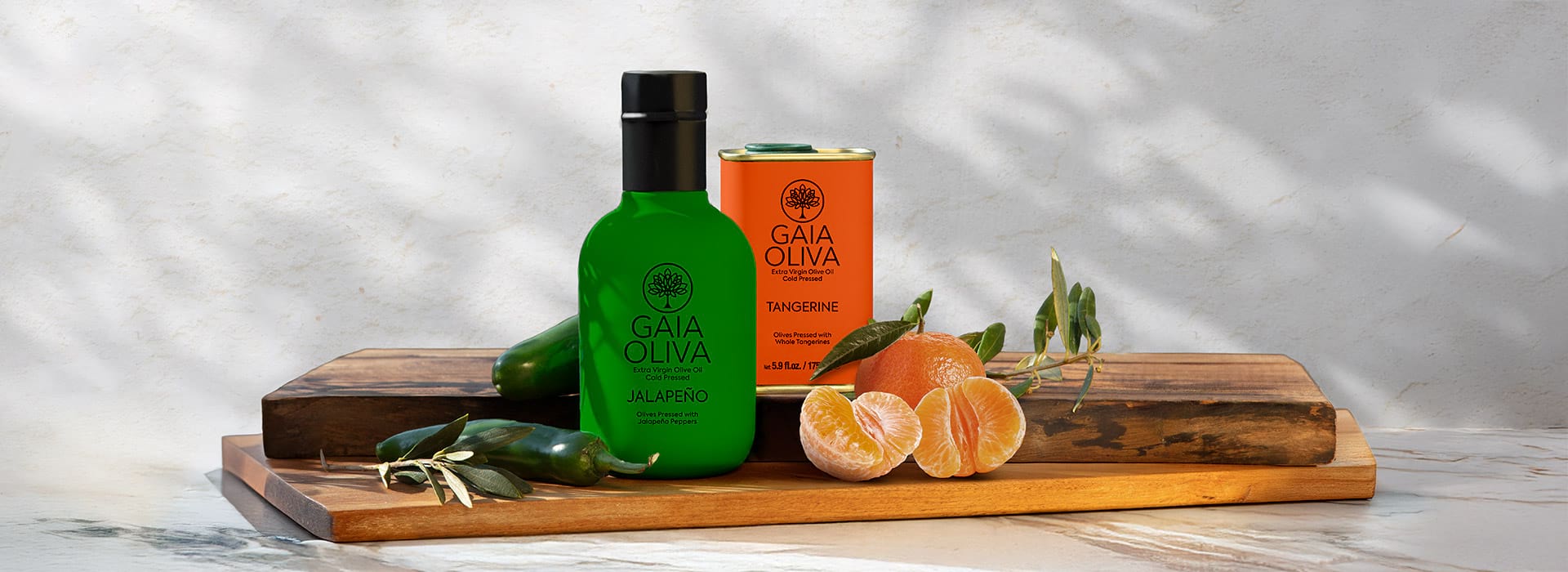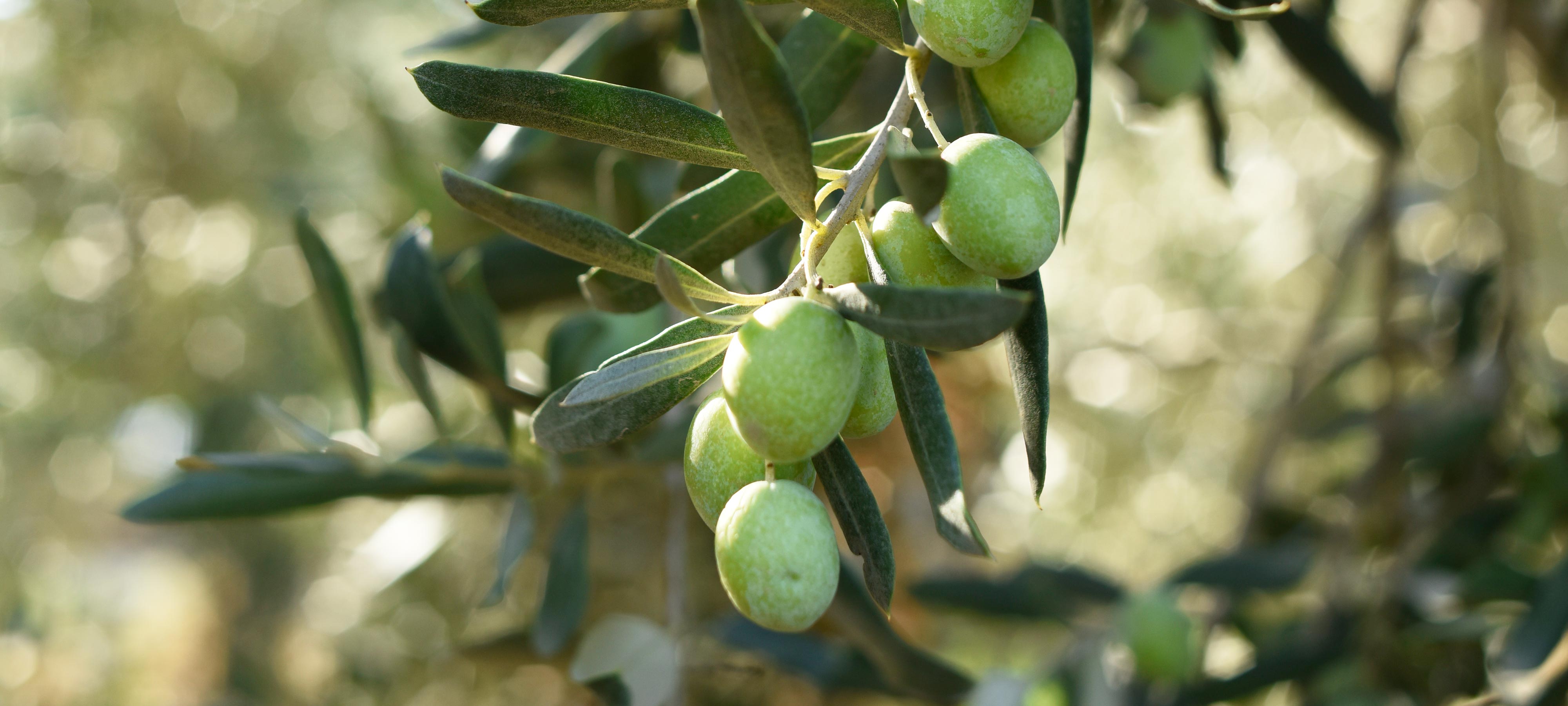OLIVE OIL SELECTION GUIDE:
THE DIFFERENCE BETWEEN HOT AND COLD PRESS OLIVE OIL
Olive Oil is something precious that requires your utmost attention before it's chosen. Therefore, it's beneficial to take step-by-step progress in answering the question, "Hot press or cold press?" We can start by noting a basic distinction: hot press and cold press indicate an important difference in the production stages of olive oil.
However, even before reaching the production stage, there are different types based on harvest time and quality criteria. Therefore, before making a choice between hot press and cold press, let's get to know the basic types of olive oil you will encounter, so you can make the right choice when the time comes.

TYPES OF OLIVE OILS
Olive oil has been one of the pillars of Mediterranean cuisine for thousands of years. However, choosing the right olive oil for our kitchen can be challenging due to the various types available based on harvest time and production methods.
For a more refined selection, we also need to pay attention to the region where the olives are har-vested, the agricultural methods applied, and the quality criteria of the olive oil. This means not only choosing the type of olive oil but also carefully reading the product label.
We understand that buying genuine olive oil can sound a bit challenging. But don’t worry; by learn-ing a few tips, you will discover which olive oil is the best and how to choose it. Here are the types of olive oil and their characteristics.

CHARACTERISTICS AND DIFFERENCES:
EXTRA VIRGIN OLIVE OIL AND RIVIERA OLIVE OIL
The most commonly found types of olive oil on the market shelves are the extra virgin olive oil and Riviera olive oil. The most critical choice starts here, as this preference indicates the acidity level, which is a key quality criterion for olive oil.
Low acidity in olive oil means it comes from unspoiled, high-quality olives that were processed promptly. This allows you to enjoy the rich, fruity aroma of the olive oil and reap its health bene-fits. So, what should the acidity level of good olive oil be? According to international standards, ol-ive oil with an acidity level below 0.8% oleic acid is considered extra virgin olive oil.
Riviera olive oil, on the other hand, can have an acidity of up to 1.5%, which is significantly higher than that of extra virgin olive oil. Another important difference between extra virgin olive oil and Riviera olive oil lies in their production methods.
Extra virgin olive oil is a pure oil obtained by pressing olives without any chemical processing. Riv-iera olive oil is a blend of refined olive oil and virgin olive oil. Therefore, if you prefer an olive oil with low acidity, high health benefits, and naturally obtained, extra virgin olive oil is precisely what you are looking for.

THE HARVEST TIME:
EARLY HARVEST & MATURE HARVEST OLIVE OIL
Now that we have determined the quality of our olive oil it’s time to choose the variety that best suits our taste? Olive oil comes in two distinct flavors: the intense fruity and silky types, which are early harvest olive oil and mature (late) harvest olive oil.
The key difference between mature and early harvest olive oil lies in the timing of the olive harvest. Despite the variance in harvest times, the extraction methods remain consistent, ensuring that quali-ty is not compromised. Depending on the region, olives are picked from October to March. Olive oil made from olives harvested while still green in October is known as early harvest olive oil.
If you've tasted an unripe green olive, you're familiar with its intense, bitter flavor. Similarly, early harvest olive oil, which is high in polyphenols, has a distinct and intense fruity taste. On the other hand, olives that mature and change color from purple to black yield mature or late harvest olive oil. The flavor of late harvest olive oil is velvety, balanced, and mild.
You can use both types of olive oil in different dishes according to your taste preferences. Read our article, "Which Olive Oil for Which Dish?: A Guide to Choosing and Using Olive Oil," to discover the secrets to creating delicious meals.

FOR THOSE SEEKING QUALITY OLIVE OIL:
COLD PRESS OR HOT PRESS?
A key difference in olive oil production stages leads to the classification of olive oil as either cold press or hot press. To understand the difference between these two types, let's briefly look at the steps involved in obtaining olive oil:
-
Harvesting
Olives are collected starting in October for early harvest olive oil and from November for mature harvest olive oil. Olive oil is extracted from the harvested olives with-in 24 hours; otherwise, the acidity levels in the waiting olives begin to rise, decreasing the quality. -
Cleaning
Leaves and branches are removed from the olives using machines, and they are washed to ensure no substances remain that could affect the taste of the olive oil. -
Crushing
The olives are crushed along with their pits to produce olive paste, marking the first step in natural olive oil production. -
Kneading
The obtained olive paste is kneaded using machines. This process, which helps sepa-rate the oil from the paste, determines whether the olive oil will be cold press or hot press. -
Pressing
While kneading, water is added to the machines to heat the olive paste. If the water temperature is below 27 degrees Celsius, the olive oil is considered cold press. If the water tempera-ture exceeds 27 degrees Celsius, it is considered hot press olive oil. In hot press production, water temperatures between 27 and 50 degrees Celsius are used. The reason for using hot water is to ex-tract more oil from the olives. In cold press production, where cold water is used, more olives are needed to produce the oil.
By understanding these steps, you can better appreciate the differences and make an informed choice between cold press and hot press olive oil.
WHAT ARE THE CHARACTERISTICS OF COLD PRESS OLIVE OIL?
The temperature of the water used significantly affects the quality of the oil. Using hot water can reduce the phenolic compounds in olive oil, which have antioxidant properties. In cold press olive oil, the amount of polyphenols is higher.
Additionally, hot water can affect the flavor profile of the olive oil, reducing its intense fruity taste. Since cold press olive oil has a more robust aroma, it adds a distinctive flavor to dishes. In other words, the cold press method influences both the nutritional value and the quality of the olive oil.
For a high-quality cold press olive oil that retains its unique characteristics, try our Gaia Oliva Extra Virgin Olive Oil varieties.

BONUS: OLIVE OIL STORAGE CONDITIONS
No matter which type of olive oil you prefer, it's essential to remember a few points to maintain its quality. Air, heat, and light can increase the acidity of olive oil, degrading its quality and altering its flavor.
Therefore, we recommend purchasing olive oil sold in dark bottles that block out sunlight. At home, store the bottle in a cabinet, away from heat sources like the stove and oven, and ensure the bottle is tightly sealed. This way, you can enjoy your olive oil with the same freshness and flavor as the day you bought it.
To become the award-winning chef of your kitchen using gourmet olive oil, explore Gaia Oliva's varieties. With its exquisite tasting notes of cress, unripe almonds, and fresh walnuts, Gaia Premium Memecik Early Harvest Olive Oil is perfect for preparing the finest appetizers and seafood dishes.
Gaia Everyday Trilye Cold Press Extra Virgin Olive Oil, with its refreshing tasting notes of mint, arugula, and green pepper, will beautifully complement your stews and bring a delicate olive oil fla-vor to your meals.











Leave a comment